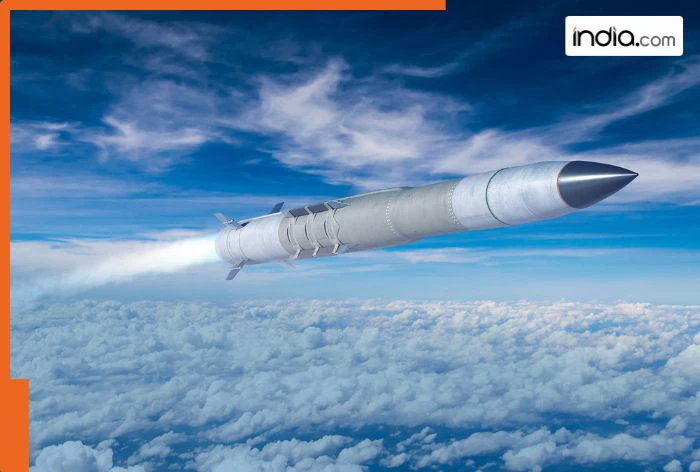From broadening joint military exercises to cooperation on advanced technology, missile defence, and broader economic security architectures, Japan and the United States are slowly but surely evolving their partnership into a more resilient and inclusive alliance.
And the export of the first-ever export of finished Patriot air-defence interceptor missiles to the United States is proof.
Who is behind Japan’s historic missile export to the U.S.?
Japan has achieved its inaugural shipment of finished Patriot air-defence interceptor missiles to the United States, marking a significant change in Tokyo’s arms acquisition policies and is likely to anger Moscow.
Why is Japan breaking decades-old restrictions on arms exports now?
Tokyo launched its first-ever export of Japan Air Self-Defence Force (JASDF) manufactured Patriot PAC-3 missiles to the United States, Chief Cabinet Secretary Minoru Kihara stated on November 20, as reported by The EurAsian Times. The missiles were produced by Mitsubishi Heavy Industries under a US license from Lockheed Martin.
What type of missiles will Japan supply?
The precise number of missiles has not been revealed as of now. This act is not simply a military deal, but it is being viewed as a significant change to Japan’s defence policy that has stood for decades. Japan has given its word since World War II that it would limit all of its military capabilities to defensive purposes.
That decision represented a seismic change in Japan’s defense policy, as it had only been allowed to export components associated with licensed manufacturing, and not finished products. The regulations were changed in order to allow for the shipment of lethal interceptors to the US.
Patriot systems have been an integral part of Ukraine’s air defense since the summer of 2023, and have successfully intercepted Russian ballistic and cruise missiles and drones.
Citing an example, The EurAsian Times reported that on June 23, 2025, the US Army registered the largest one-time launch of Patriot interceptors ever conducted in the history of the US military, when Iran attacked the air base at Al Udeid in Qatar with ballistic missiles in apparent retaliation for US air strikes on Iran’s nuclear facilities.
The “backfill” strategy would amplify this leveraging of Japanese military manufacturing capacity and ensure continued supply to Ukraine.
According to the report, the Japanese officials reaffirmed that interceptors will only be informed to the U.S. military and will not be sent to a third nation. This aligns with Tokyo’s “Three Principles on Transfer of Defense Equipment and Technology,” which prohibits the transfer of arms to a nation in a state of war.
Nonetheless, the action is likely to infuriate Russia as it constitutes further indirect assistance to the Ukrainian war effort.
